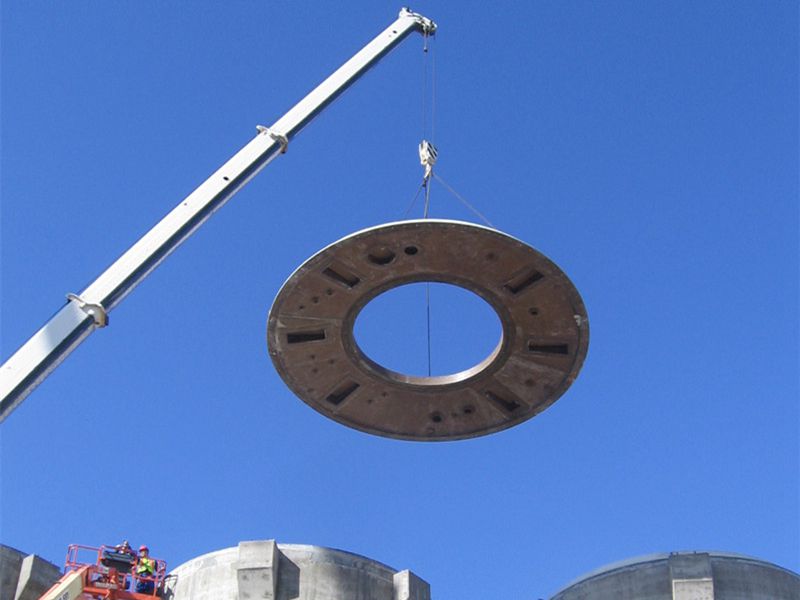
-
 Afrikaans
Afrikaans -
 Albanian
Albanian -
 Amharic
Amharic -
 Arabic
Arabic -
 Armenian
Armenian -
 Azerbaijani
Azerbaijani -
 Basque
Basque -
 Belarusian
Belarusian -
 Bengali
Bengali -
 Bosnian
Bosnian -
 Bulgarian
Bulgarian -
 Catalan
Catalan -
 Cebuano
Cebuano -
 China
China -
 China (Taiwan)
China (Taiwan) -
 Corsican
Corsican -
 Croatian
Croatian -
 Czech
Czech -
 Danish
Danish -
 Dutch
Dutch -
 English
English -
 Esperanto
Esperanto -
 Estonian
Estonian -
 Finnish
Finnish -
 French
French -
 Frisian
Frisian -
 Galician
Galician -
 Georgian
Georgian -
 German
German -
 Greek
Greek -
 Gujarati
Gujarati -
 Haitian Creole
Haitian Creole -
 hausa
hausa -
 hawaiian
hawaiian -
 Hebrew
Hebrew -
 Hindi
Hindi -
 Miao
Miao -
 Hungarian
Hungarian -
 Icelandic
Icelandic -
 igbo
igbo -
 Indonesian
Indonesian -
 irish
irish -
 Italian
Italian -
 Japanese
Japanese -
 Javanese
Javanese -
 Kannada
Kannada -
 kazakh
kazakh -
 Khmer
Khmer -
 Rwandese
Rwandese -
 Korean
Korean -
 Kurdish
Kurdish -
 Kyrgyz
Kyrgyz -
 Lao
Lao -
 Latin
Latin -
 Latvian
Latvian -
 Lithuanian
Lithuanian -
 Luxembourgish
Luxembourgish -
 Macedonian
Macedonian -
 Malgashi
Malgashi -
 Malay
Malay -
 Malayalam
Malayalam -
 Maltese
Maltese -
 Maori
Maori -
 Marathi
Marathi -
 Mongolian
Mongolian -
 Myanmar
Myanmar -
 Nepali
Nepali -
 Norwegian
Norwegian -
 Norwegian
Norwegian -
 Occitan
Occitan -
 Pashto
Pashto -
 Persian
Persian -
 Polish
Polish -
 Portuguese
Portuguese -
 Punjabi
Punjabi -
 Romanian
Romanian -
 Russian
Russian -
 Samoan
Samoan -
 Scottish Gaelic
Scottish Gaelic -
 Serbian
Serbian -
 Sesotho
Sesotho -
 Shona
Shona -
 Sindhi
Sindhi -
 Sinhala
Sinhala -
 Slovak
Slovak -
 Slovenian
Slovenian -
 Somali
Somali -
 Spanish
Spanish -
 Sundanese
Sundanese -
 Swahili
Swahili -
 Swedish
Swedish -
 Tagalog
Tagalog -
 Tajik
Tajik -
 Tamil
Tamil -
 Tatar
Tatar -
 Telugu
Telugu -
 Thai
Thai -
 Turkish
Turkish -
 Turkmen
Turkmen -
 Ukrainian
Ukrainian -
 Urdu
Urdu -
 Uighur
Uighur -
 Uzbek
Uzbek -
 Vietnamese
Vietnamese -
 Welsh
Welsh -
 Bantu
Bantu -
 Yiddish
Yiddish -
 Yoruba
Yoruba -
 Zulu
Zulu
grp field tank
Understanding GRP Field Tanks An Overview
In recent years, the demand for efficient and innovative storage solutions has significantly increased across various industries. One of the standout contributors to this demand is the advancement in Glass Reinforced Plastic (GRP) technology. GRP field tanks, specifically, are now widely recognized for their durability, versatility, and cost-effectiveness. This article delves into the characteristics and advantages of GRP field tanks, their applications, and the factors that make them an excellent choice for various storage needs.
What Are GRP Field Tanks?
GRP field tanks are storage tanks constructed from glass-reinforced plastic, which is a composite material made of a polymer matrix reinforced with glass fibers. The combination of these materials results in a lightweight, strong, and highly corrosion-resistant structure. GRP tanks are typically used for the storage of water, chemicals, and other fluids in industries such as agriculture, construction, and water treatment.
Advantages of GRP Field Tanks
1. Corrosion Resistance One of the most significant advantages of GRP field tanks is their resistance to corrosion. Unlike traditional materials such as steel, GRP does not rust or corrode when exposed to harsh chemicals or environmental conditions. This property prolongs the lifespan of the tanks and reduces maintenance costs.
2. Lightweight GRP tanks are significantly lighter than their metal counterparts. This lightweight nature makes transportation and installation easier and reduces the structural reinforcement required, thereby lowering overall installation costs.
3. Flexibility in Design GRP can be molded into various shapes and sizes, making it highly customizable. This flexibility allows manufacturers to create tanks that suit specific requirements and space constraints, ensuring maximum efficiency in storage.
grp field tank

4. Thermal Insulation GRP provides better thermal insulation compared to metal tanks. This means that the temperature of the stored liquids remains more stable, which is crucial for processes sensitive to temperature variations, such as certain chemicals.
5. Cost-Effectiveness While the initial cost of GRP tanks may be higher than conventional materials, their long-term benefits outweigh the initial investment. Durability, low maintenance, and reduced need for replacements contribute to significant savings over time.
Applications of GRP Field Tanks
GRP field tanks find applications in a variety of settings, including but not limited to
- Water Storage These tanks are ideal for the storage of potable water and irrigation purposes in agriculture, ensuring safe and reliable water supply. - Chemical Storage Industries that need to store corrosive substances benefit significantly from GRP tanks due to their chemical resistance, preventing leaks and ensuring safety. - Wastewater Treatment In wastewater treatment facilities, GRP tanks play a crucial role in storing and managing treatment processes, thanks to their durability and ease of maintenance. - Fire Protection Systems GRP tanks are increasingly used in fire protection systems to store water for firefighting purposes, offering a robust solution that meets regulatory standards.
Conclusion
In conclusion, GRP field tanks represent a significant innovation in storage solutions, combining strength, durability, and flexibility. Their impressive characteristics make them an excellent choice for a multitude of applications across various industries. As organizations continue to seek efficient and reliable options for liquid storage, GRP field tanks stand out as a smart investment. With their ability to resist corrosion, lightweight construction, and cost-effectiveness, it's clear that these tanks are not just a trend but a vital component of modern industrial needs. In the coming years, the adoption of GRP technology in storage solutions is expected to grow, further solidifying its position in the market.
Latest news
-
Exploring the Benefits of Top Hammer Drifter Rods for Enhanced Drilling PerformanceNewsJun.10,2025
-
High-Precision Fiberglass Winding Machine for GRP/FRP Pipe Production – Reliable & Efficient SolutionsNewsJun.10,2025
-
FRP Pipes & Fittings for Shipbuilding - Corrosion-Resistant & LightweightNewsJun.09,2025
-
Premium FRP Flooring Solutions Durable & Slip-ResistantNewsJun.09,2025
-
Premium Fiberglass Rectangular Tanks Durable & Lightweight SolutionNewsJun.09,2025
-
Tapered Drill String Design Guide Durable Performance & UsesNewsJun.09,2025









